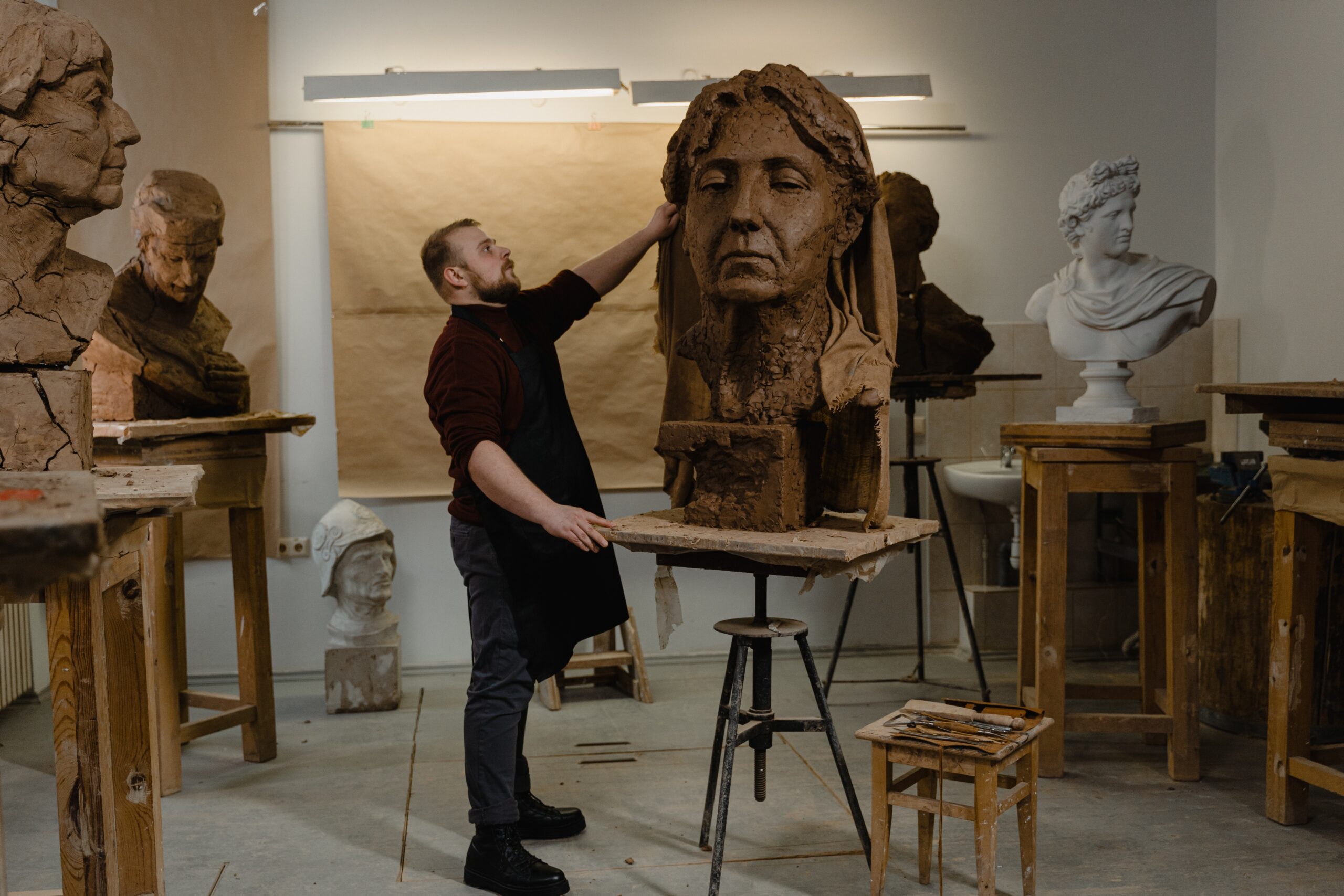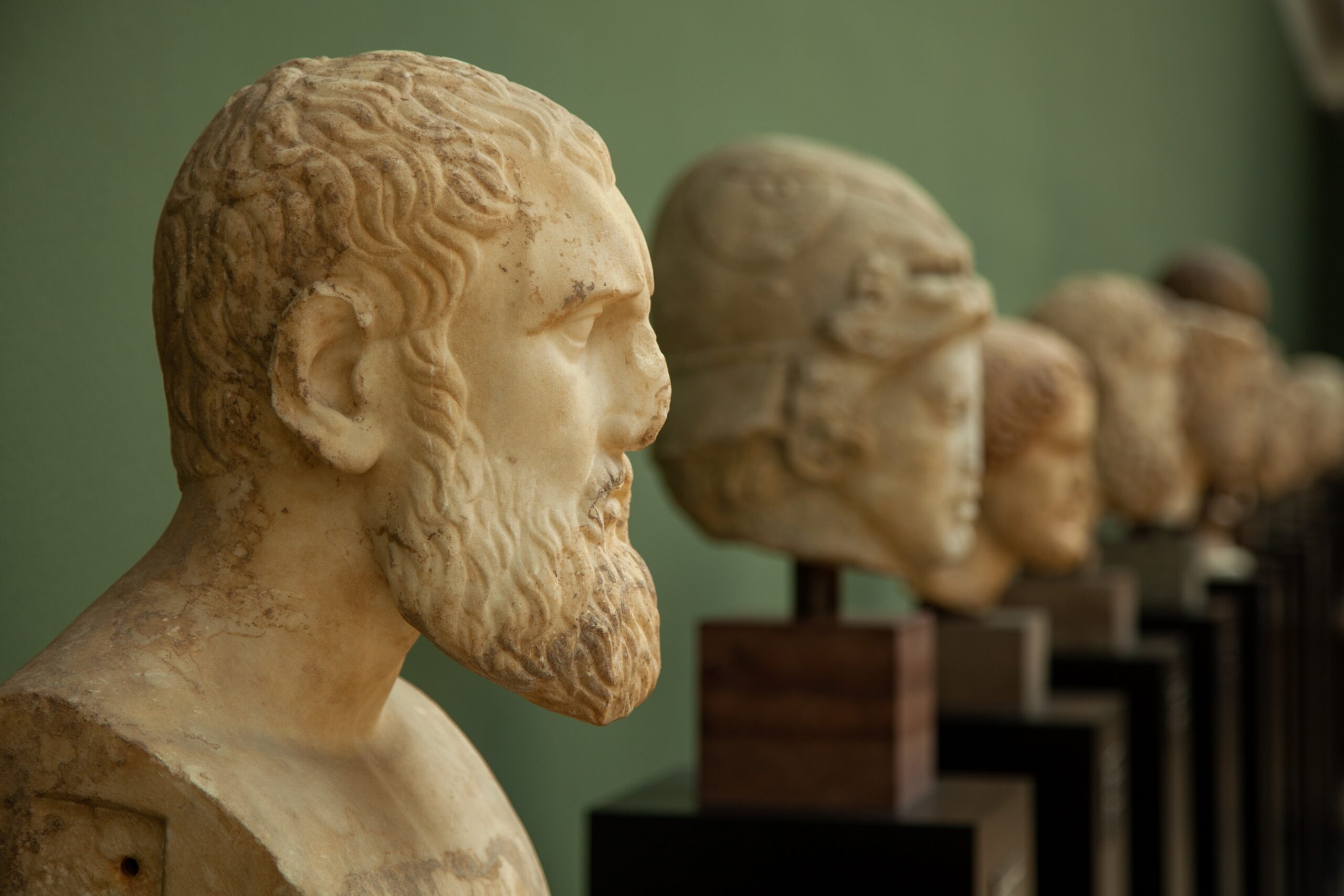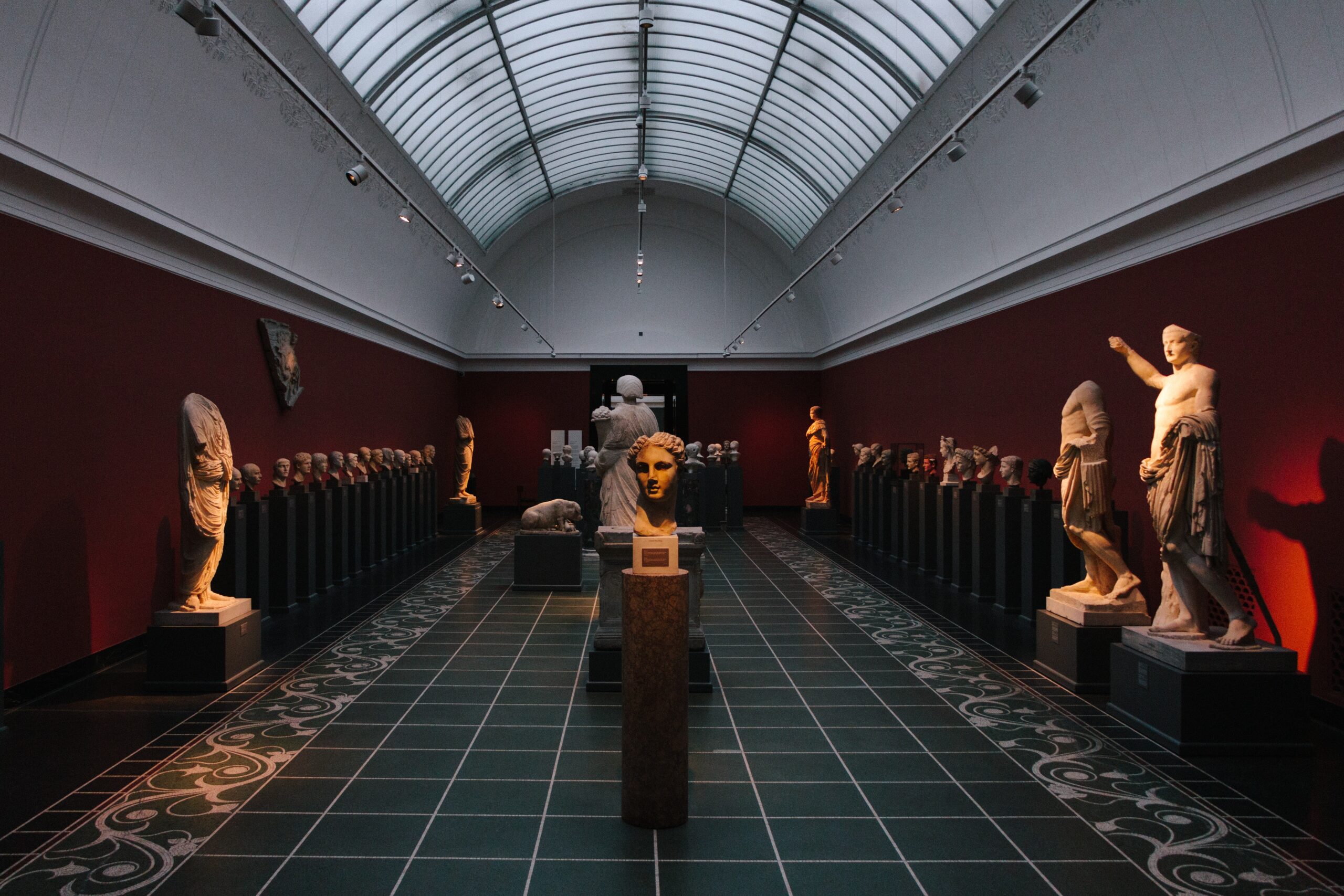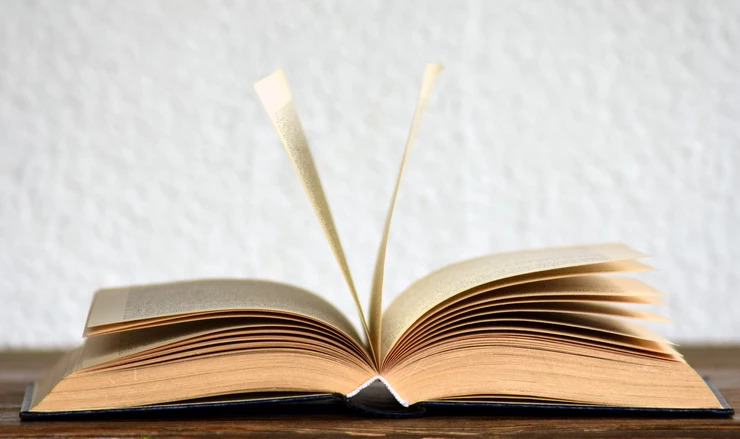In the world of museology, collection care is deemed among the most significant attributes as it is the essence of the preservation and conservation of collections. While it may seem like a relatively easy task, the objects collected come in different sizes, shapes, types. Some belong to a certain era or a culture that may require specific attention and care that remains quite different from others. Collections care comprises the entire resources and standards of collection management required to maintain the timeless pieces.
What constitutes Archeological & Natural History Collections?
- Archeological remains
- Natural History
- Wet Archeological Artifacts
- Plant Materials
Archeological Remains
These are the remains derived from skeletal materials. Teeth, bones, antlers, and ivory are durable and versatile. They are used in many traditions for several rituals and even ornaments.
How were the items separated and used?
- Detach- the ivory, teeth, or bone is separated from the connective tissue and muscles of the creature.
- Clean- blood and marrow are removed from inside of the bones.
- Gradually dry the objects to prevent splits and cracks.
- Grinding the items into desired sizes and shapes.
Causes of Deterioration—
- Extreme heat and dryness. This causes the item to shrink due to loss of moisture.
- Excess moisture leads to mold growth and swollen protein portion.
- Destruction of ossein (bone collagen) leading to cracks and warping.
- Acids
- Exposure to UV or strong daylight
- Rodent attack
Care & Storage
- Consistent Humidity and temperature are maintained.
- Relative humidity ranges from 30% during winter and 55% during summer.
- Optimum temperature 68°F.
- Avoiding storage and exhibits
Natural History
Natural history forms the biological, entomological, vertebrate, botanical, geological, environmental, and paleontological research collections.
Why is natural history important?
Natural history remains an integral part of collections as it is the foundation of evolution and global change. It documents disappearing paleontological and geological sites, habitats, art conservation, etc. Collections care enhances the value of natural history as it helps develop new interpretations. Guide to Environmental Protection of Collections by Barbara Appelbaum is a great book to understand how to care for collections of art, museum studies, historical artifacts, or any other kind of cultural material or for natural history collections.
What are the types of natural history collections?
- Biological collections
- Botanical specimens- dried plants, lichens, mosses, fungi, wood samples, pine cones, flowering plants, etc.
- Entomological specimens- mites, ticks, insects, termites, eggs, nests, wasps, etc.
- Invertebrate specimens- corals, sea urchins, snails, lobsters, worms, etc.
- Vertebrate specimens- amphibians, fish, reptiles, mammals, birds, etc.
- Geology collections
- Minerals
- Soils
- Gems
- Bio minerals
- Mining concentrates
- Fossils
- Powders
- Paleontological Collections
- palynology specimens (pollen)
- frozen specimens – collected from permafrost areas
- vertebrate and invertebrate body fossils
- mounted skeletons
- amino acids, DNA, and other materials extracted from specimens
- Environmental Research Collections
- Air, water, soil samples
- Biological tissues
- eggshell and mollusk shell samples
Wet Archeological Artifacts
These are the excavated archeological artifacts from freshwater sites. This is followed by drying the organic materials. It varies according to the nature, type, and material of the object. The drying treatment should be done within 24 hours of removal and treatment.
What is the order of priority for drying treatment?
- Botanical and Plant materials
- Leather & skin
- Textiles
- Bones, antlers, horns, teeth, shell
- Non-glazed ceramics
- Reconstructed ceramics and glass
- Glazed glass and ceramics
- Untreated metal
- Conserved metal
- Lithic
What is the ideal drying procedure?
Although most objects, materials, and artifacts can be air-dried using fans easily, it would be best not to directly blow-dry the objects. In case of excessive wetness and moisture; clean towels, sponges, paper towels can be used. As long as the object does not have mold growth every day, it is in good condition. Still, a dehumidifier should be set up in the storage room to maintain relative humidity at 50%. Metal materials need to be cleaned well with clear water and a soft-bristle brush and dried immediately to remove all signs of corrosion. The optimal relative humidity for metal objects is 30%-35%.
Plant Materials
Plant materials can be derived from a wide variety of plant species and their parts. The most common categories include gourds, rushes, seeds, grasses, stems, barks, roots, woods, and leaves. These can be generally found in items such as mats, baskets, containers, hats, fabrics, netting, and cordage.
What are the common types of deterioration?
- Physical Deterioration: Excess light exposure to the plant materials causes fragility. Other than that, extreme dryness or humidity can cause swelling or shrinkage. Other forms of physical deterioration include breaks, soiling, distorted structures, tears, and abrasion.
- Biological Deterioration: Bacterial, an infestation of rodents, mold, fungi, or infestation of insects.
- Chemical Deterioration: Reaction between the plant material with other items resulting in chemical alterations like embrittlement.
What is its Basic Care & Storage?
- Always wash your hands before routine handling
- When handling plant material, always wear gloves.
- During transportation, use additional boards and boxes for support.
- Be extra careful while handling three-dimensional plant material products as they are all the more fragile. This prevents breakage and damage.
- Always analyze the structural condition of the object or material before putting it on display.
- Protect the items from excessive light exposure, dust accumulation, dryness, and humidity.
Collections Care is required for objects, items, and materials and their various types, sizes, textures, and shapes. This remains a fact for Archeological & Natural History Collections as well.



